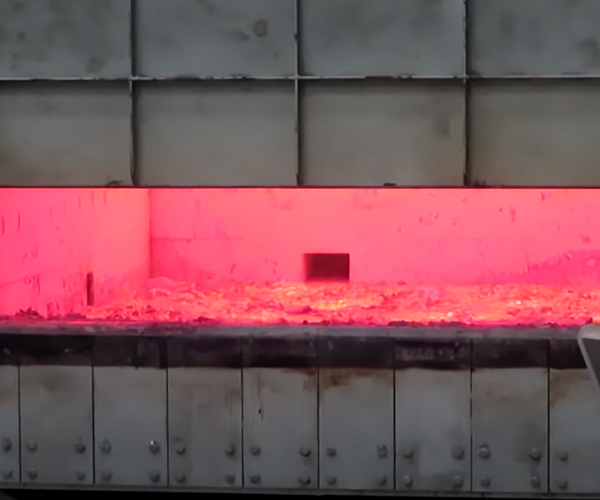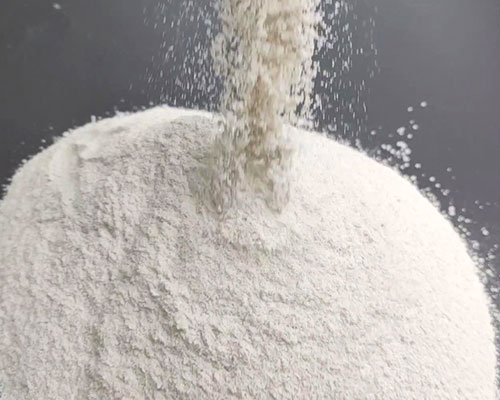In order to prevent the re-oxidation of the waste during the aluminum smelting process, the usual protective flux layer, also known as the covering agent, is the process of covering the aluminum waste on the surface. A widely used aluminum smelting covering agent is a mixture of potassium chloride and sodium chloride in a weight ratio of 1:1.
Metal aluminum and its alloys have been widely used due to their unique properties. And with the development of the economy, the demand for aluminum worldwide has increased year by year. Due to the consumption of discarded industrial equipment and people’s daily necessities, a large amount of aluminum waste is also produced. In order to reuse aluminum scrap, it is recycled and returned to the smelting furnace for re-smelting.
The covering agent for aluminum smelting can be widely used in the smelting process of metal aluminum and its alloys. Spread a layer of molten aluminum on the scrap, and then spread the covering agent on the molten aluminum layer. By recycling waste aluminum scrap into aluminum melt, and using flux to treat the slag.

As the melting point of the covering flux decreases, the liquid phase formed at a lower temperature will prevent the aluminum chips from being oxidized. On the other hand, since the flux generates a large amount of shielding gas during the heating process, these gases will react with alumina to form a protective film on the surface of aluminum and its alloys. The protective film will prevent the aluminum oxide and its alloys from effectively isolating the air. Therefore, the aluminum smelting covering flux has a good protective effect.
In addition to covering agents, our company also provides refining agents, slagging agents, granular solvents, etc.
The degassing and slag removal effect of the refining flux is good, and the refining sprays to the bottom of the molten pool and reacts physically and chemically with the deposits at the bottom of the furnace. Separate the slag from the aluminum and bring the gas to the surface of the molten aluminum to keep the furnace bottom clean. It greatly reduces the number of furnace cleaning, improves furnace utilization, reduces labor intensity, separates oxides and impurities from the melt while degassing, and the produced slag is dry and easy to separate from the metal. The slag breaker improves the utilization rate of the metal, reduces the adhesion of the slag on the furnace wall, facilitates furnace cleaning and maintenance, and improves the working environment.

